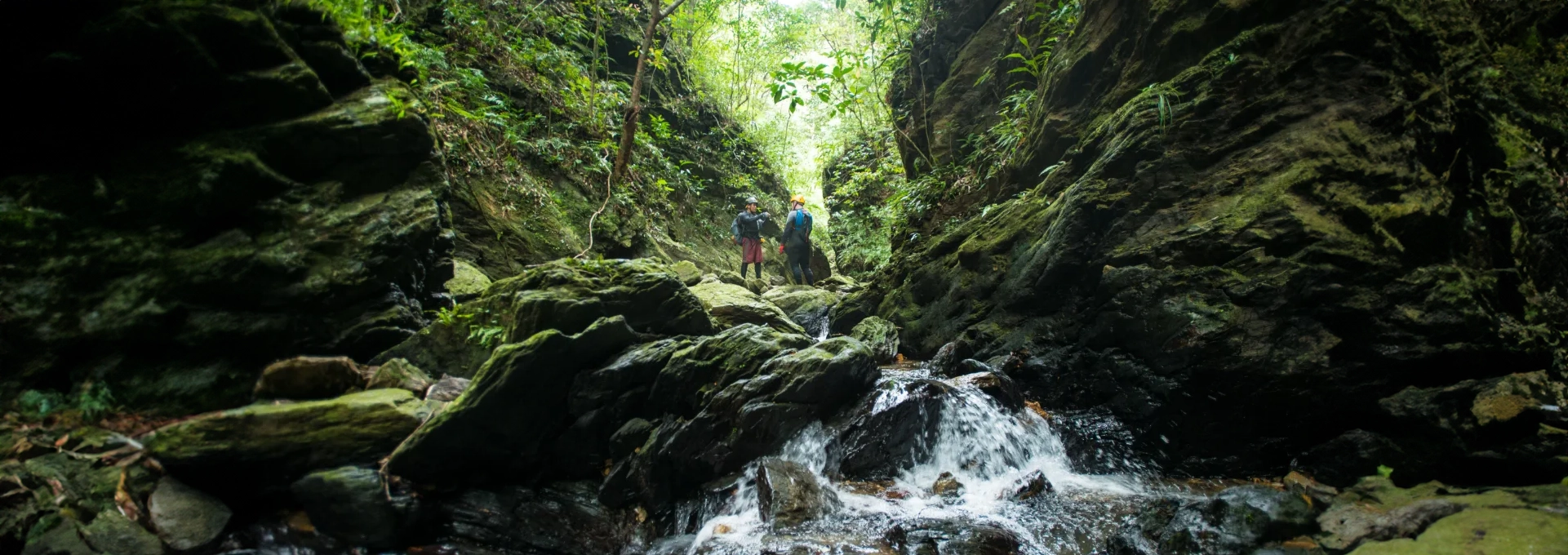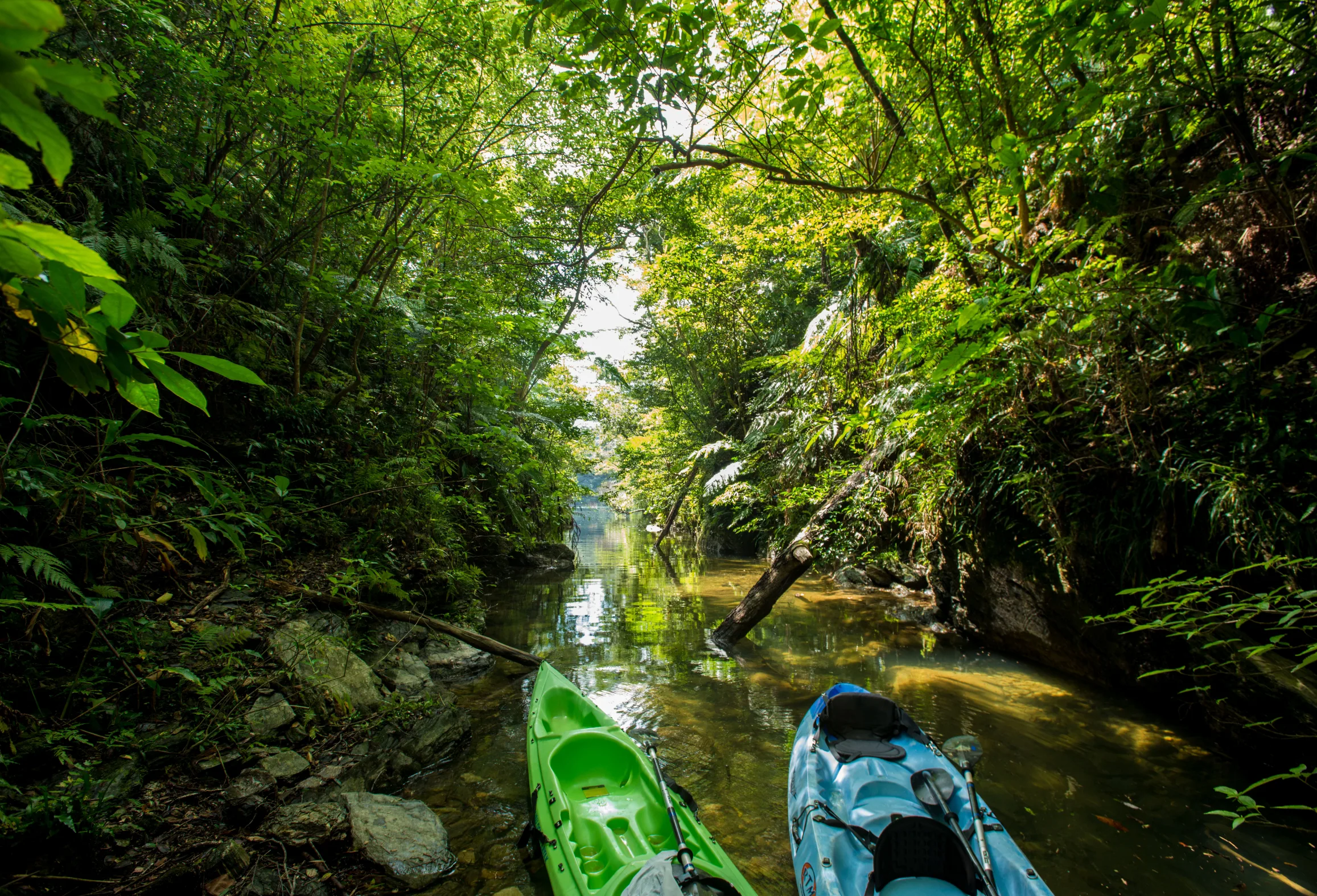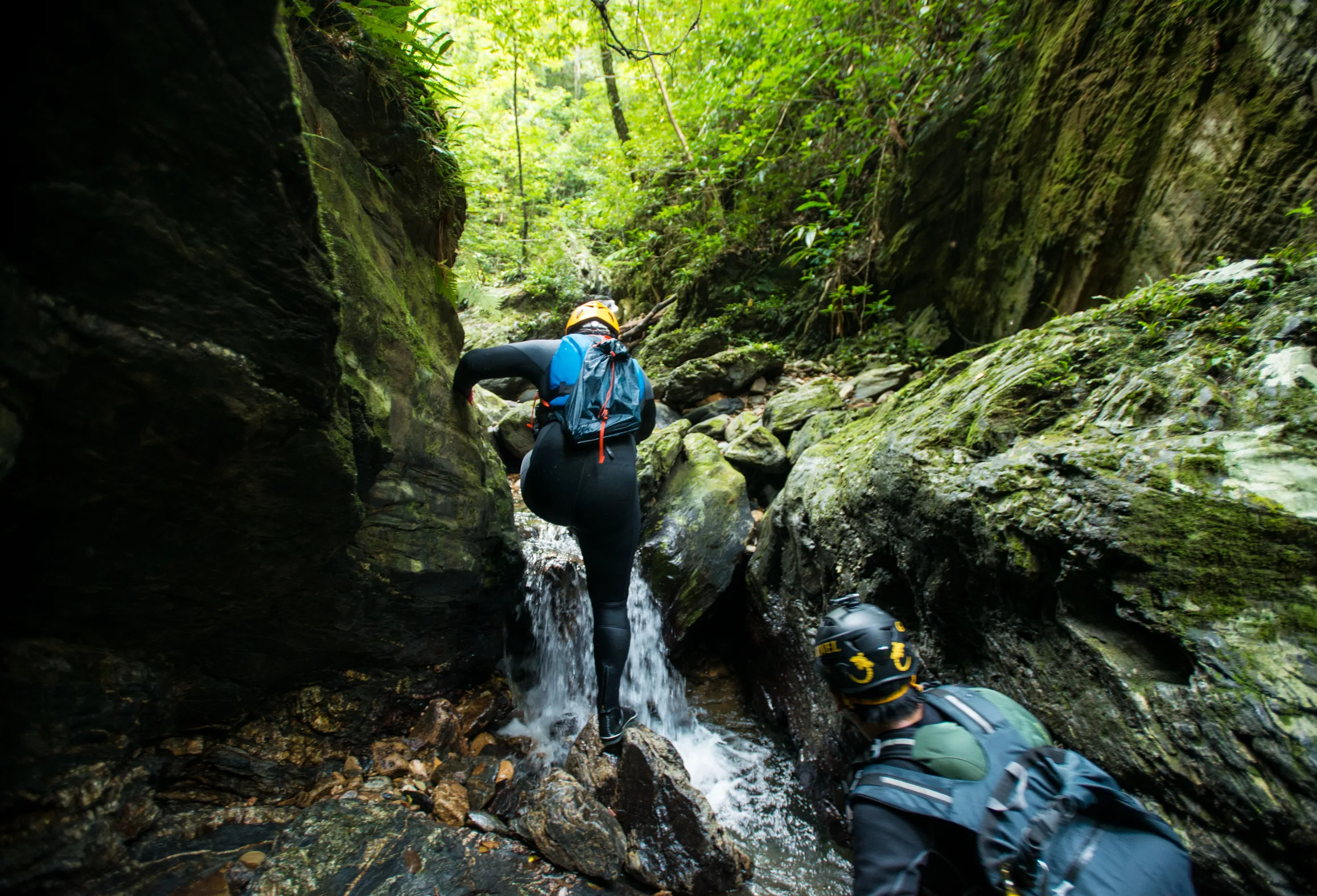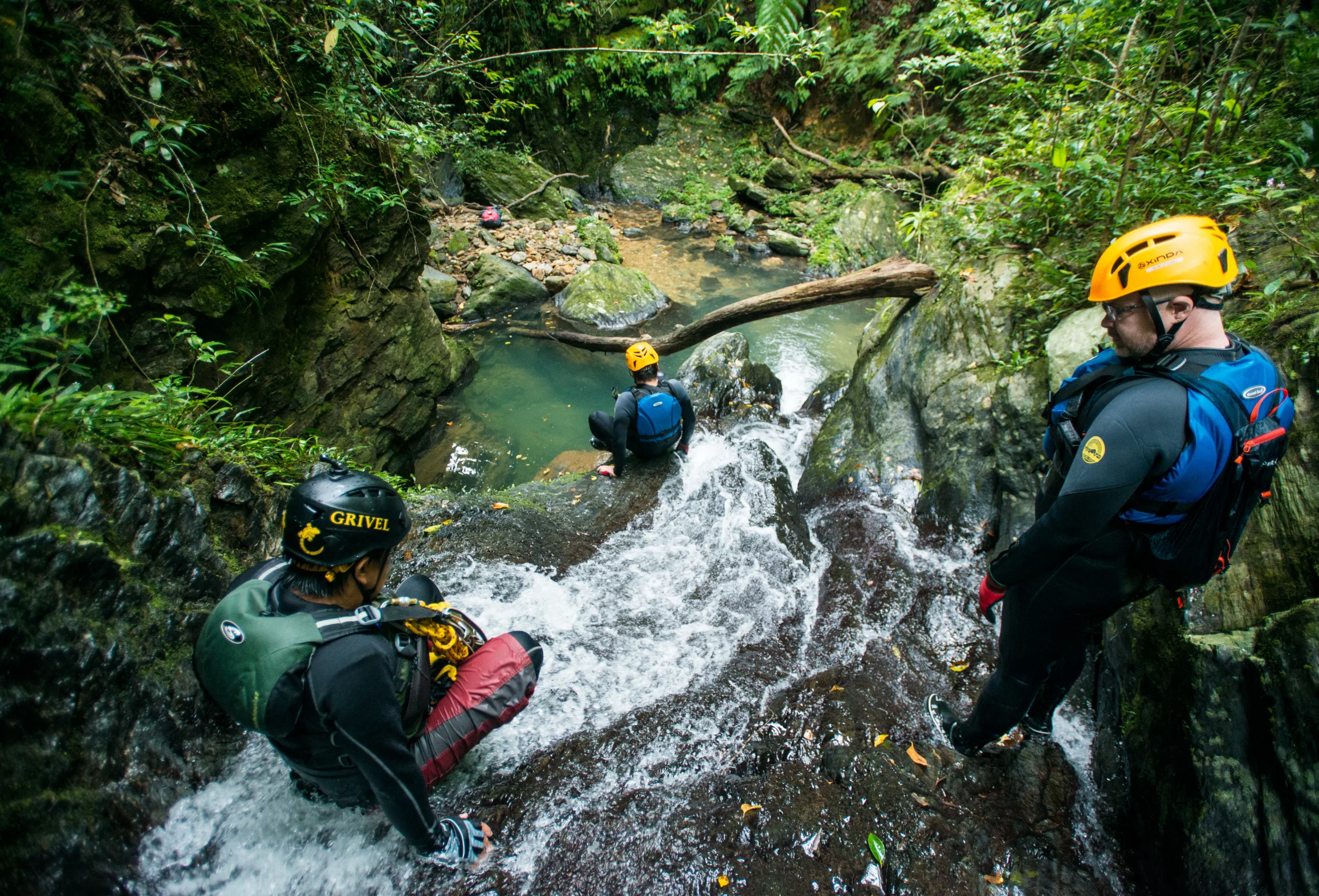Yanbaru a Biodiversity Hotspot Rich in Nature and Culture
Need a concentrated dose of healing nature when in Okinawa? Then head to the villages of Kunigami, Ogimi, and Higashi the three administrative districts constituting Yanbaru, the heavily forested northern part of the Okinawa Main Island only a 90-minutes’ drive from Naha. Yanbaru is a digest version of the geological history of the Ryukyu Archipelago. It contains a highly diverse natural environment including limestone sea cliffs, karst landforms, and mangrove forests.80% of Yanbaru is covered by lush subtropical evergreen forest. It is home to a vast array of flora and fauna that have developed independently on the island over millennia to create a beautiful and complex ecosystem.
While Yanbaru accounts for less than 0.1% of Japan’s total land area, it is home to a high percentage of plant and animal species, with about half the number of bird species and about a quarter of the native frog species found in the entire country.Amongst these are a wide variety of endemic plants and animal species, including the endangered Okinawa rail, a small flightless bird. Given its environmental significance, Yanbaru was declared Japan’s 33rd national forest in 2016, and is currently in UNESCO World Natural Heritage listing application process. Long before this official recognition, however, the forest has been revered by the local inhabitants. They prize it as a place of abundant resources, and home to spirits and the location of many sacred sites.
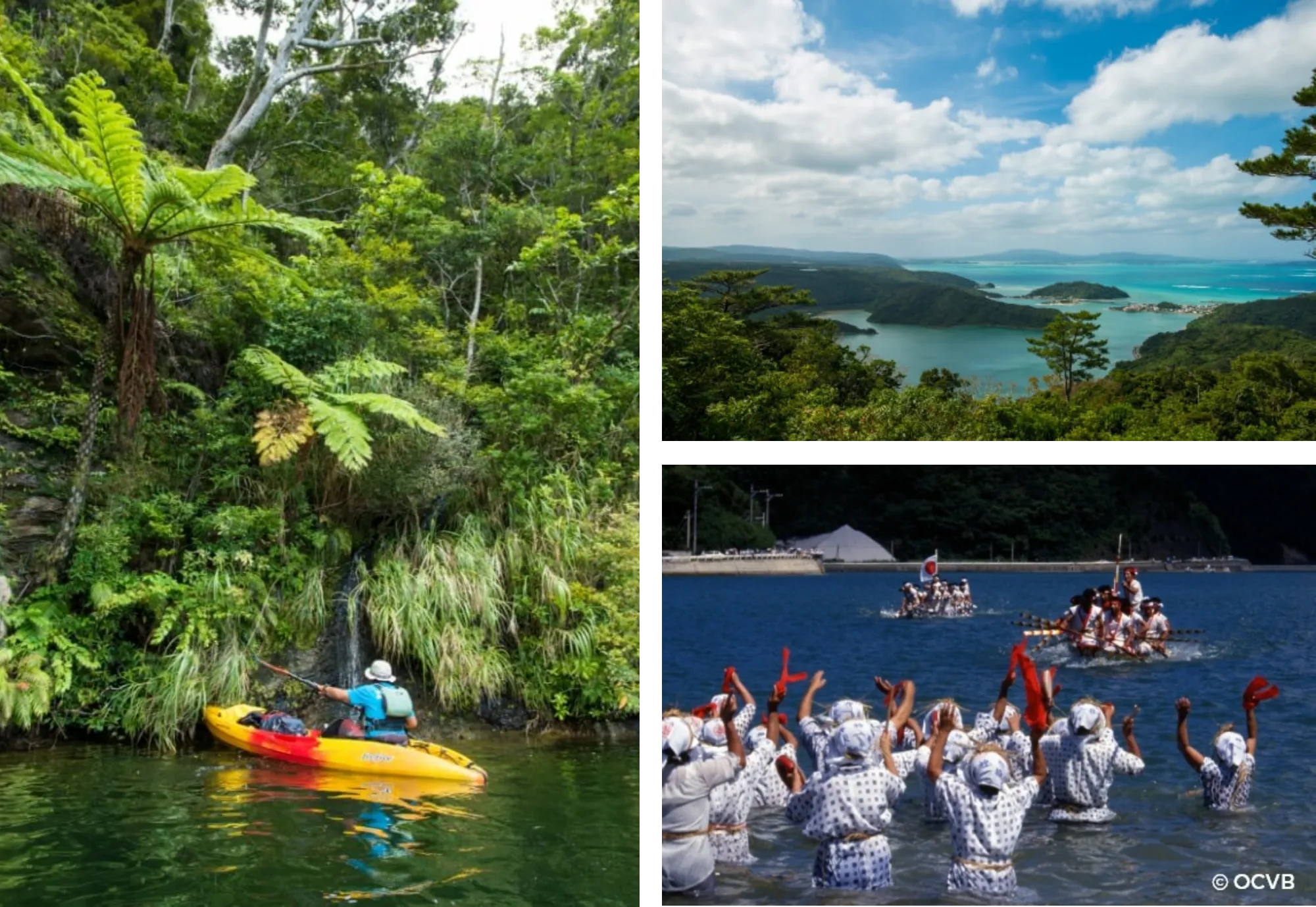
In Yanbaru, traditions are long-lived, and the area is home several culturally significant festivals. The Shioya Bay’s “Ungami” in Ogimi Village is one such event. This festival gives thanks for the harvest and invokes the deities to bless the coming year once again. It has changed little in over 500 years. The Fall event’s highlight is the “uganbarii” boat race, where women wade waist-deep into the water, banging drums and singing to welcome the paddlers as they charge furiously over the water. It is a fascinating sight, and highly recommended to visit, but do take care where you observe the proceedings from so as not to get in the way of unfolding events.
Each village in the Yanbaru area strives to preserve both local culture and the surrounding nature from which much of it has been derived. The Higashi Village Tourism Promotion Council, an organization of local tour guides, is pioneering eco-tourism activities in the area. Their efforts, however, were born of necessity as Higashi Village hosts an extensive mangrove ecosystem, and the dramatic rise in tourist numbers in recent years was putting it at threat of over-tourism. They needed to decrease pressure on the mangrove ecosystem, and guides responded by expanding tour options in under-utilized areas of the surrounding forest. Working with the local authorities to access Fukuji dam, the island’s first and largest dam, they gained permission to take visitors to previously inaccessible spots of great natural beauty.
*This interview was conducted based on the guidelines for preventing the spread of COVID-19.

